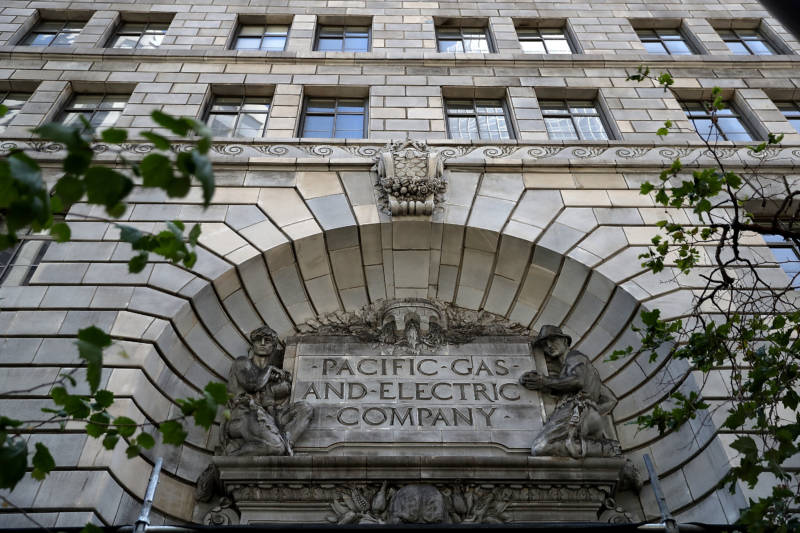The judge ordered the company to disclose all political donations made since Jan. 1, 2017, and to "explain why those campaign contributions were more important than replacing or repairing the aging transmission lines described by the Wall Street Journal article and removing or trimming the backlog of hazard trees, and increasing vegetation management."
Alsup, who has repeatedly questioned dividends PG&E paid shareholders even as the company was contending with the maintenance backlog, revisited that topic in Wednesday's order.
The judge noted the utility had paid nearly $5 billion in dividends in the years leading up to the recent wildfire catastrophes and its decision earlier this year to seek federal bankruptcy protection.
"Please also explain why so much was paid out in dividends at a time when PG&E was aware of the problems named in the Wall Street Journal report and knew of its hazard tree backlog," Alsup wrote.
He gave PG&E until July 31 to respond.
In a statement, the company said while "we don't agree with or support the Journal’s conclusion, we have acknowledged that the devastation of the 2017 and 2018 wildfires made clear that we must do more to combat the threat of wildfires and extreme weather while hardening our systems."
As to Alsup's directive, the company said, "We are aware of the court’s order and are currently reviewing it."
